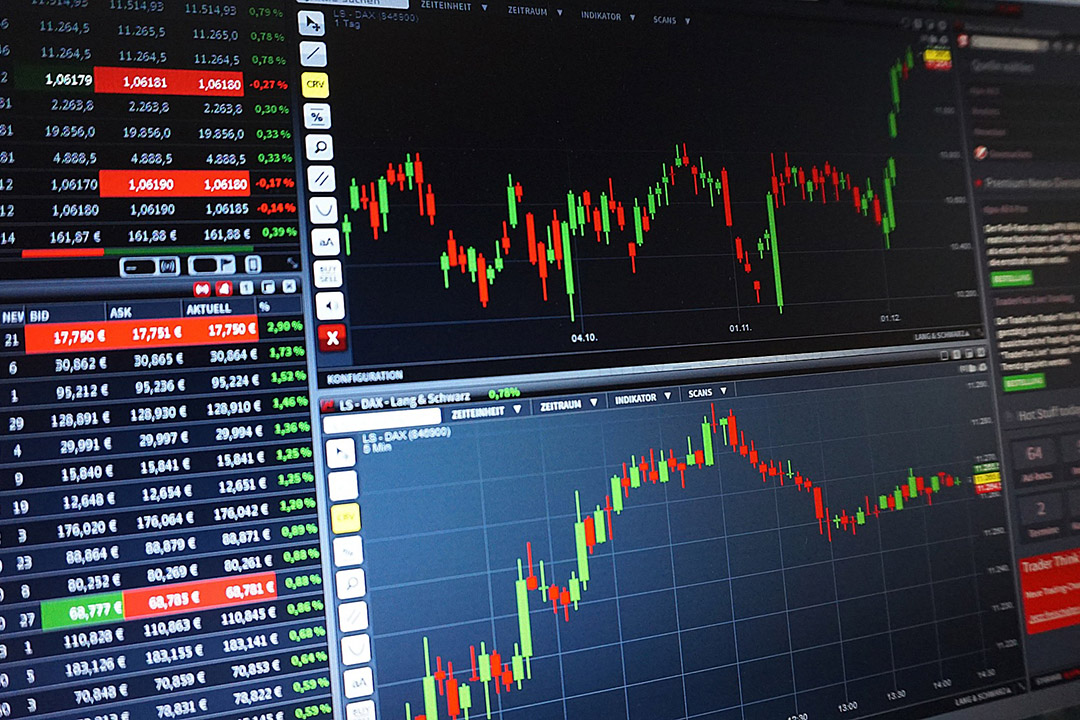

In the US, the focus is likely to be on the Fed today, which we expect to leave monetary policy on hold, but either start to talk about tapering its bond buying or agree to start the taper talk at its July meeting. However, it’s likely to stress that it still has a long way to go to meet its full employment and inflation goals.
On the data front expect:
What’s the outlook for shares?
Shares remain vulnerable to a short-term correction with possible triggers being the inflation scare, US taper talk and rising bond yields, coronavirus related setbacks and geopolitical risks. But looking through the inevitable short-term noise, the combination of improving global growth and earnings helped by more stimulus, vaccines and still low interest rates augurs well for shares over the next 12 months.
Our year-end target for the Australian ASX 200 is 7400 reflecting stronger-than-expected earnings growth, a faster than expected rebound in dividends and ongoing low interest rates keeping shares relatively attractive. The risk is on the upside.
Still ultra-low yields and a capital loss from rising bond yields are likely to result in negative returns from bonds over the next 12 months.
Unlisted commercial property and infrastructure are ultimately likely to benefit from a resumption of the search for yield but the hit to space demand and hence rents from the virus will continue to weigh on near term returns.
Australian home prices are on track to rise around 18% this year before slowing to around 5% next year, being boosted by ultra-low mortgage rates, economic recovery and FOMO, but expect a progressive slowing in the pace of gains as government home buyer incentives are cut back, fixed mortgage rates rise, macro prudential tightening kicks in and immigration remains down relative to normal.
Cash and bank deposits are likely to provide very poor returns, given the ultra-low cash rate of just 0.1%. We remain of the view that the RBA won’t start raising rates until 2023.Although the $A is vulnerable to bouts of uncertainty and RBA bond buying and China tensions will keep it lower than otherwise, a rising trend is likely to remain over the next 12 months helped by strong commodity prices and a cyclical decline in the US dollar, probably taking the $A up to around $US0.85 by year end.